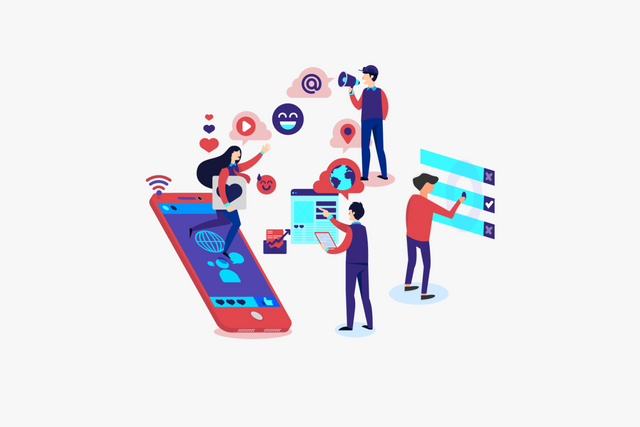Web 2.0
Web 2.0 is a term used to describe the evolution of the internet from a static, one-way communication platform to a dynamic, interactive medium where users can participate and contribute to content creation. This transformation has revolutionized the way we interact with the web and has had a profound impact on our lives, from the way we shop and work to the way we socialize and consume information.
The Growth of Web 2.0
The term "Web 2.0" was first coined in 2004 by Tim O'Reilly, the founder of O'Reilly Media. At the time, the internet was undergoing a significant shift in its development, with the emergence of new technologies and platforms that enabled greater user participation and interactivity. These technologies included social networking sites, blogs, wikis, and web applications that allowed users to contribute content and collaborate with others.
Key features of Web 2.0
User-generated content: Web 2.0 platforms enable users to create, share, and contribute to content, whether it be text, images, videos, or other media.
Collaboration and interaction: Web 2.0 platforms foster collaboration and interaction between users, enabling them to connect, communicate, and share ideas.
Personalization: Web 2.0 platforms are designed to provide personalized experiences for users, based on their interests and preferences.
Integration of applications and services: Web 2.0 platforms integrate with other applications and services, enabling users to access and share information from a range of sources.
Impact of Web 2.0
Social Networking: Social networking sites like Facebook, Twitter, and LinkedIn have revolutionized the way we socialize and connect with others. These platforms enable us to communicate and share information with friends, family, and colleagues in real-time.
Online Shopping: Web 2.0 has also transformed the way we shop online, with the emergence of e-commerce sites like Amazon, eBay, and Etsy. These platforms provide a personalized shopping experience for users, with recommendations based on their browsing and purchase history.
Information Consumption: Web 2.0 has made it easier for us to access and consume information online. News sites like CNN and The New York Times, for example, provide interactive features that allow users to share and comment on articles.
Work and Collaboration: Web 2.0 technologies have also transformed the way we work and collaborate. Platforms like Google Docs and Dropbox enable teams to work on documents and files together in real-time, no matter where they are located.
~ Regards,
VEIGO (Community Mod)



Excellent work here, sir. It's fascinating to study about the history of the internet and its development into Web 2.0, where users can contribute to and contribute to the dissemination of online material. It's amazing to observe how social media platforms like Facebook and Twitter have changed the way people communicate with one another. In addition, I love to shop online at places like Amazon and Etsy, and I find it fascinating to observe how Web 2.0 has improved the individualization of the purchasing experience. In conclusion, I think this essay is fantastic and educational, and I look forward to reading more on the effects of Web 2.0 in the near and far futures. This a wonderful thing to share; thank you so much, Veigo!